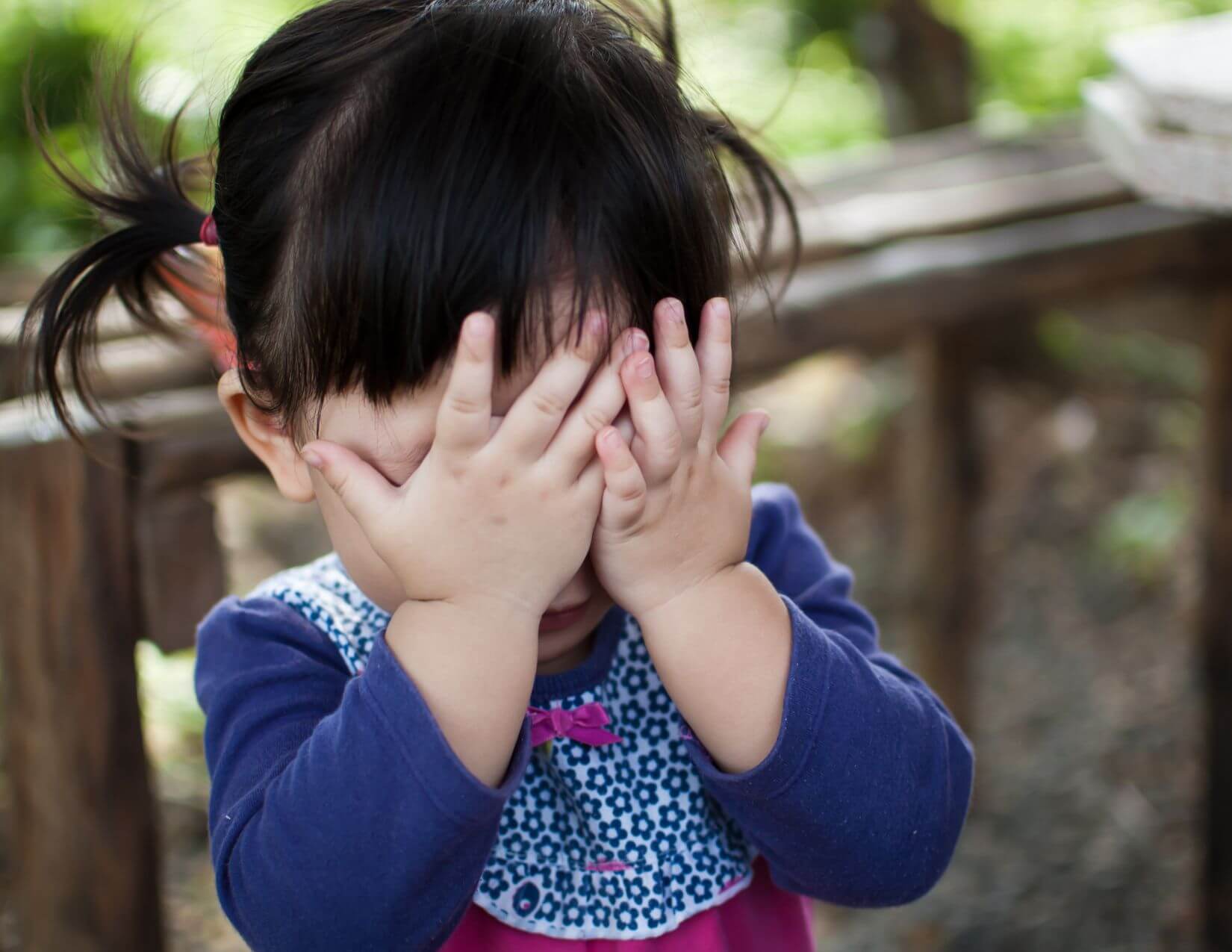What is Social Presence in Childhood?
Social presence in childhood is a fundamental skill: the willingness and ability to be around other people in a social situation. Kids with strong social presence are comfortable with peers and are focused outward—on people, their facial expressions, and their words—rather than only on objects.
A key component of social presence is joint attention. This is the skill of sharing a focus on an object or event by pointing to something interesting or following another person’s gaze. For instance, if you point and say, “Hey look at that!” a child with developing social presence will look at the object and then glance back at you to acknowledge the shared observation with a nod or smile. This is a crucial early indicator of appropriate social development, building the foundation for social connections and friendship.
Signs Your Child May Be Struggling with Social Presence
A child who struggles with social presence may show the following patterns:
- Focuses on objects over people: Your child is consistently more interested in toys and objects than your comments, questions, or attempts to engage them socially.
- Lacks imitation: They don’t naturally imitate your actions (like pretending to sweep, mow, or shave) or participate in “pretend play” with others, often preferring more functional play (e.g., racing a car down a track).
- Struggles with joint attention: They tend to get lost in their own play and do not show interest when you try to direct their attention to something by pointing or calling their name.
- Prefers solitary play: While it may be fine for others to join, they consistently prefer time alone, or engage in parallel play—playing beside other children but not with them—even as they approach age 3.
- Avoidance or withdrawal: In new school settings, they may hide or run away, suggesting they are having trouble enjoying time with others.
Understanding Potential Causes of Social Presence Challenges
Several factors can affect a child’s development of social presence.
- Autism Spectrum Neurotype (Autism): Children with an Autism Spectrum Neurotype, or a unique style of wiring, often experience differences in social reciprocity and communication. They may be more interested in exploring objects, enjoying repetitive motions, or lining up toys, rather than engaging in social interaction. This neurotype often involves a different approach to social communication and the presence of restricted and repetitive behaviors. The brain is simply wired differently, often with many areas of strength [1]. Asking yourself, ‘Is my child more interested in me or the toy?’ can be a helpful way to consider this concept.
- Social Anxiety: Some children are naturally “slow to warm,” preferring to watch peers before joining an activity. However, if a child goes to extreme lengths to avoid others—including meltdowns, freezing up, or panic attacks—it may be social anxiety requiring professional treatment.
- Trauma: Children who have experienced trauma may have difficulty trusting others and forming secure connections, resulting in discomfort around social interaction.
Steps to Nurture Social Skills in Children
The good news is that social skills can be taught, and a young child’s brain is resilient and capable of growth with the right experiences and support.
- Teach and model skills: Act out scenarios and demonstrate what healthy, reciprocal social interaction looks like, perhaps by drawing pictures or using toys.
- Plan around interests: Facilitate social interactions that are built on your child’s natural interests, such as a Lego, robotics, or book club. This increases the likelihood of a successful social engagement.
- Choose small group settings: Look for small, structured activities with an individual component. Turn-taking and back-and-forth interaction can be modeled effectively in these settings (e.g., cooking class) compared to large team sports (e.g., soccer or baseball).
- Support emerging friendships: If your child connects with another child over a shared interest (like Minecraft), actively work to get the children together and guide them in maintaining that friendship.
- Use social skills resources: Excellent resources are available to help parents, including those that teach basic social norms like polite greetings, eye contact, and active listening [4, 5, 6].
When to Seek Professional Help for Social Presence Challenges
If a child’s difficulties with social presence are significantly interfering with their learning, relationships, or happiness, it is time to seek help from a qualified professional. Early intervention is crucial.
- Psychologist or neuropsychologist: Can conduct an evaluation for diagnostic clarification, which is important for accessing services.
- Developmental pediatrician: Can guide diagnosis and behavioral or medical treatment.
- ABA therapist (applied behavior analysis): Uses principles of reinforcement to teach functional behaviors and increase desired behaviors like communication and social interaction. ABA is often covered by insurance if the child is diagnosed with an Autism Spectrum Neurotype.
- Speech and language pathologist (SLP): Essential if your child has language weaknesses, as language skills are closely tied to social communication.
- Occupational therapist (OT): Can help if fine motor skills are weak or the child has sensory sensitivities that impact their comfort in social settings.
References for Social Presence in Childhood
[1] Kroncke, Willard, & Huckabee (2016). Assessment of autism spectrum disorder: Critical issues in clinical, forensic, and school settings. Springer, San Francisco.
[2] Koegel Autism Center, University of California at Santa Barbara. education.ucsb.edu/autism
[3] UCSB PEERS Clinic. https://www.semel.ucla.edu/peers
[4] Baker, Jed. (2001). The social skills picture book: Teaching play, emotion, and communication to children with autism.
[5] Baker, Jed. (2006) Social skills picture book for high school and beyond.
[6] Gray, Carol & Attwood, Tony (2010). The New Social Story Book, Revised and Expanded 10th Anniversary Edition: Over 150 Social Stories that Teach Everyday Social Skills to Children with Autism or Asperger’s Syndrome, and their Peers.
Resources for Social Presence in Childhood
Association for Science in Autism Treatment, to learn more about effective and research-based interventions for Autism www.Asatonline.org
Baker, Jed. (Retrieved 2017). Social skills books and resources for ASD.
Barton, Erin. Educating Young Children with Autism Spectrum Disorders.
Berns, Roberta M. (2010). Child, family, school, community: Socialization and support.
Ozonoff, Sally, Dawson, Geraldine & McPartland, James C. (2014). A parent’s guide to high-functioning autism spectrum disorder: How to meet the challenges and help your child thrive.
Trawick-Smith, Jeffrey (2013). Early childhood development: A multicultural perspective.




